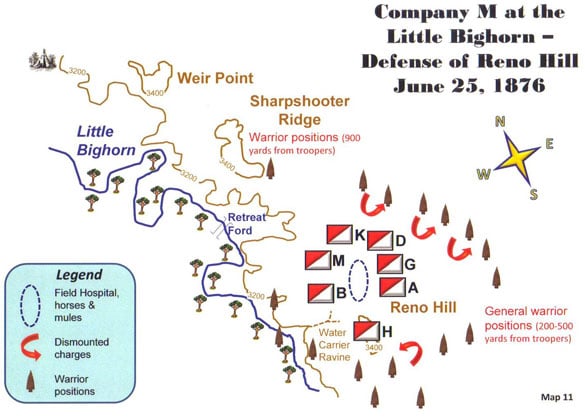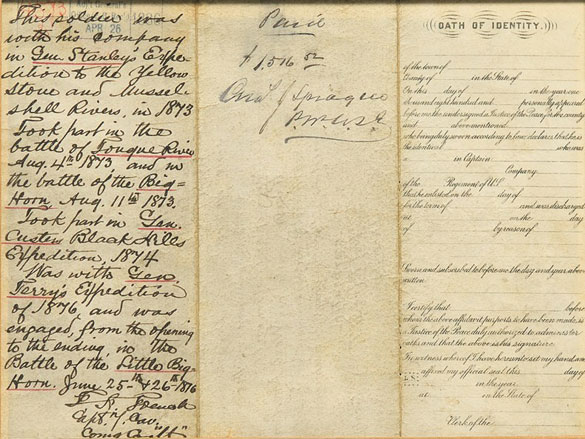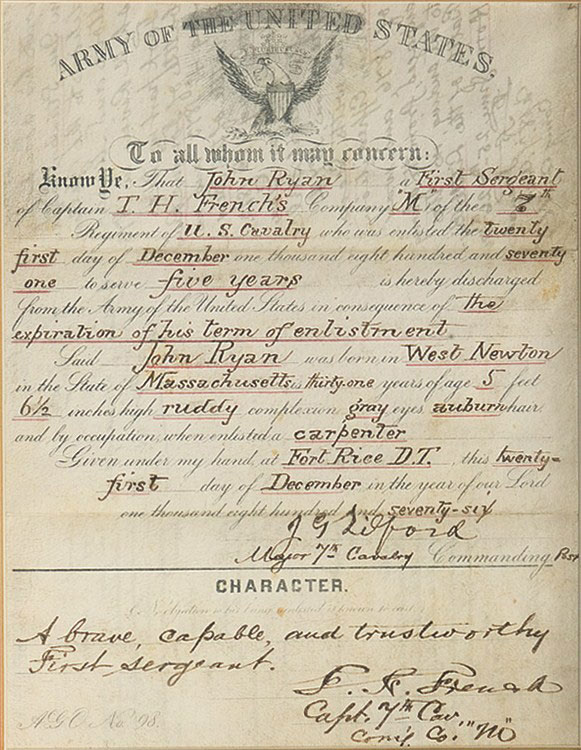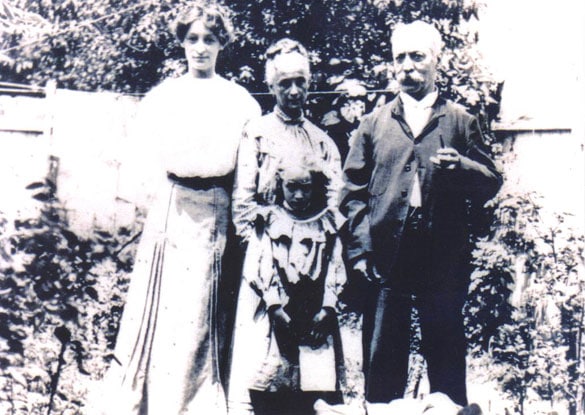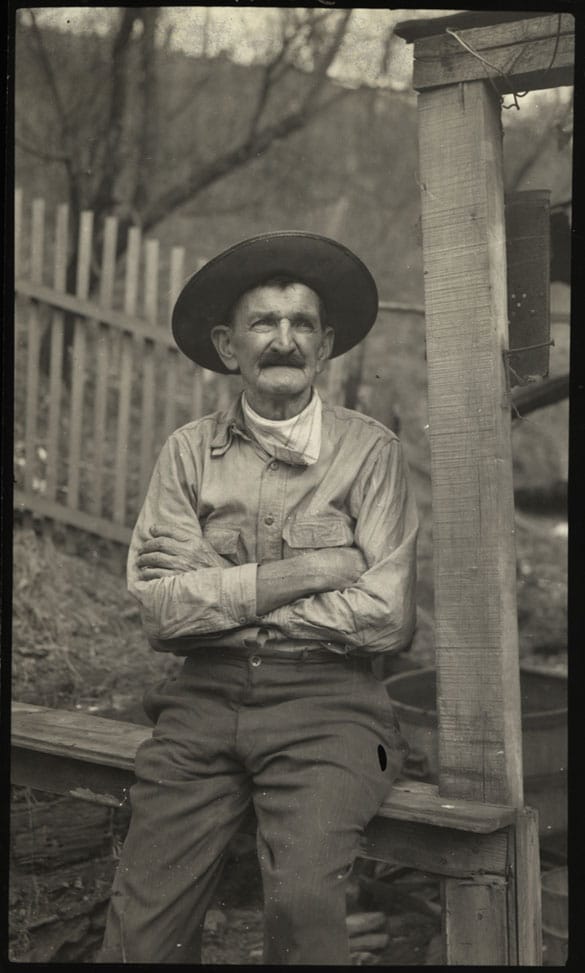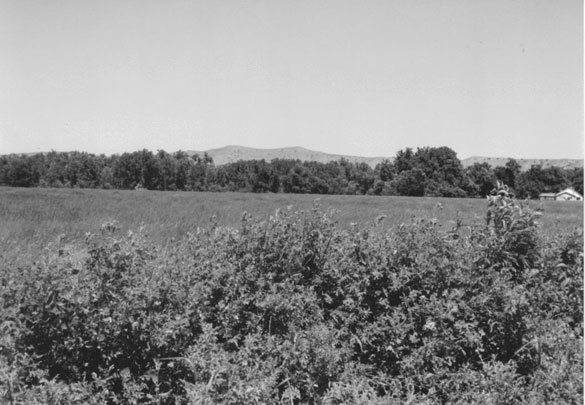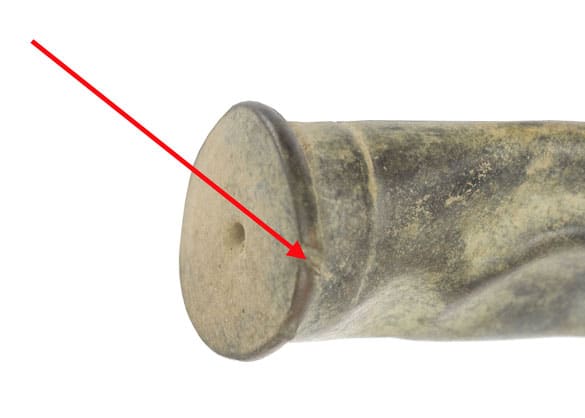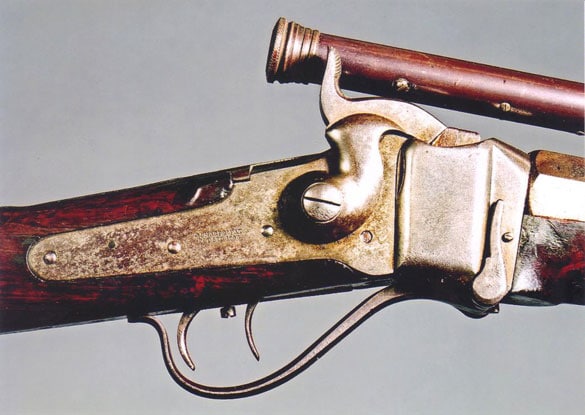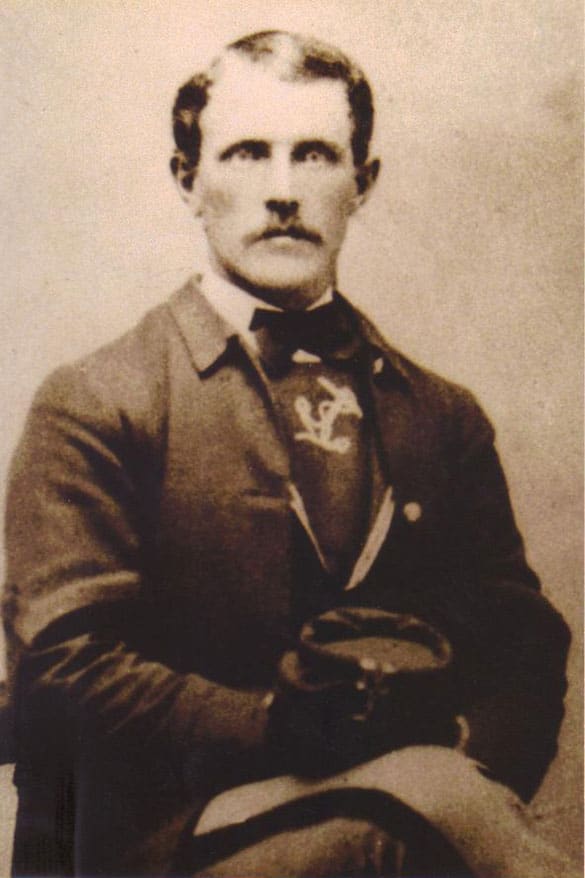Map of the Battle Showing the Defense at Reno Hill
Map of the Battle Showing the Defense at Reno Hill
Company M defended the perimeter of the hill on the side of the Little Bighorn River below the steep slopes of the ridge and hill. First Sergeant John Ryan engaged warrior sharpshooters on Sharpshooter Ridge, about 900 yards away.
